Last week I read an article that a secret war bunker in Vietnam had just opened to the public as part of the 40th anniversary of the 1972 Christmas bombing of Hanoi. This was particularly interesting because a year ago we were exploring that very bunker.
We had planned to visit the Vietnam Military History Museum on a Friday, knowing that most Hanoi museums are closed on Mondays. At the gate, we were dismayed to learn that the War Museum is closed on Mondays and Fridays. This was a major blow because it had been Phil and Joseph’s first choice, and we would have to leave for the airport before the museum would open the next morning.


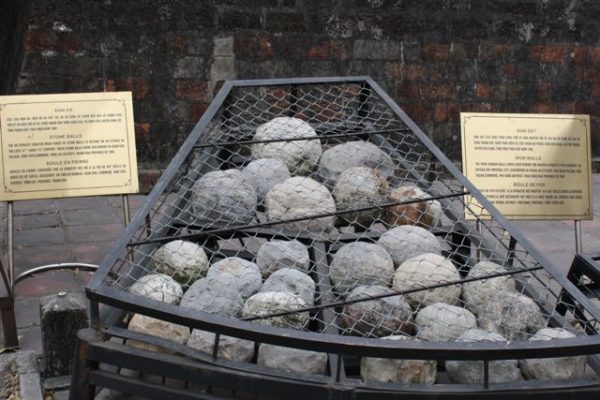
After a walk in Lenin Park and lunch, Hanna suggested visiting the nearby Imperial Citadel of Thang Long, a fascinating archeological site that has been listed as a UNESCO World Cultural Heritage Site.
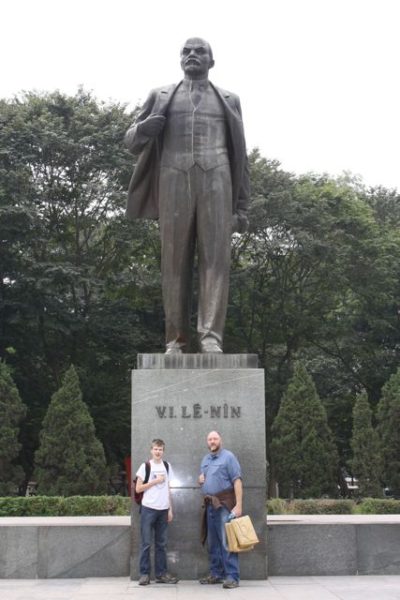

We wandered through several courtyards and explored buildings in various stages of reconstruction, some with towers, tiny stairways and hidey-holes, and many beautiful architectural features. Hanna mentioned that some of the buildings had not yet opened the last time she visited.
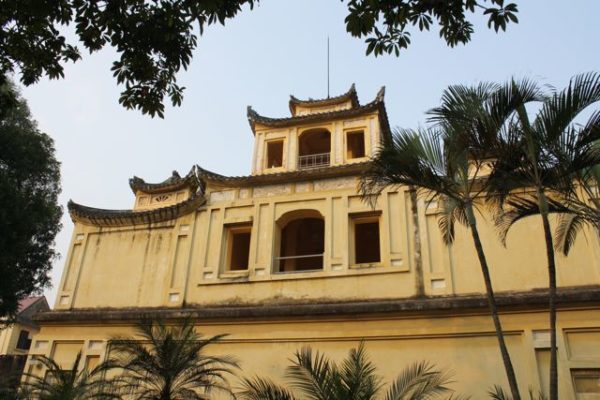
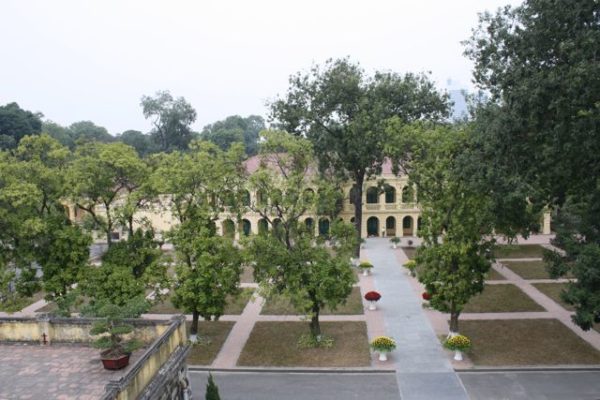
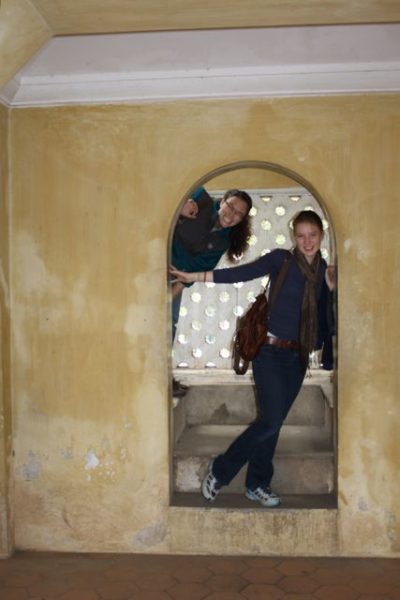


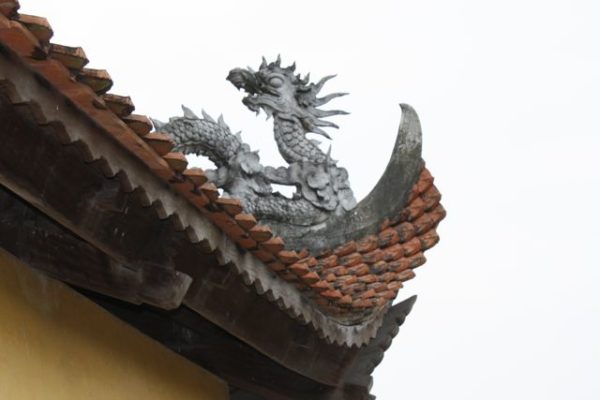
In one of the buildings that Hanna had not yet seen, we discovered doorways to steep staircases. Seeing no signs to the contrary, we went down the stairs where we discovered the bunker. Hanna was very excited to find a new site for field trips, and pointed out that all of the information tags were translated into English, which is not the case in the War Museum.

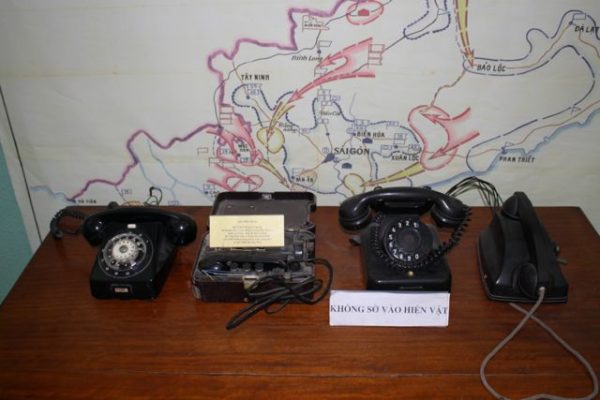

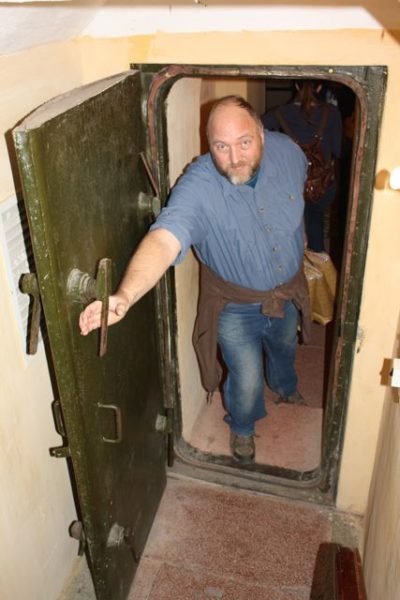
After leaving the Citadel, we walked along the perimeter of the War Museum, looking at captured vehicles through the fence. Although we were sorry to miss the War Museum, the Citadel was an outstanding alternative and a great way to end our sightseeing. We’re glad to see that the bunker is officially open to the public and highly recommend it.
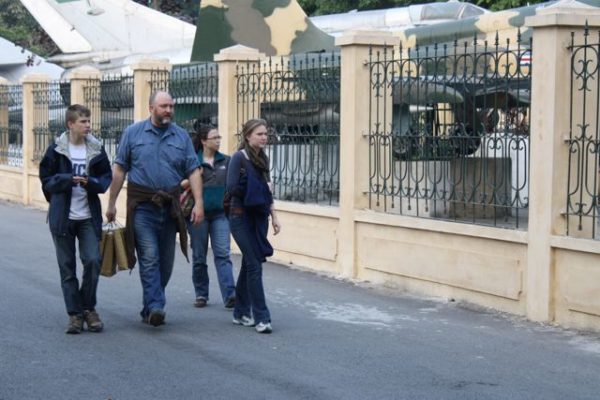
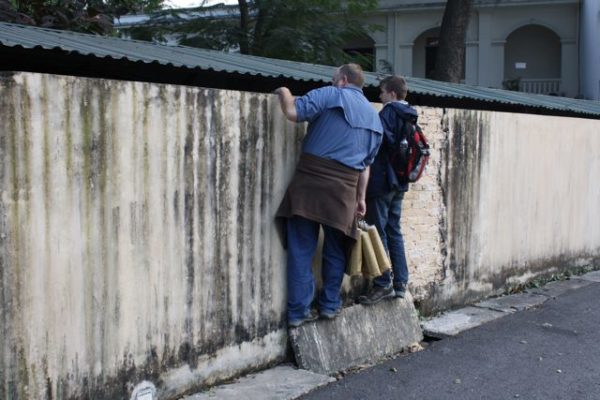
Earlier in the week we visited several other attractions in Hanoi. On Christmas Day we walked partway around West Lake, renowned as the largest lake in Hanoi and the location where John McCain’s plane was shot down.
We stopped at Tran Quoc Pagoda, the most ancient Buddhist pagoda in Hanoi. An eleven-tiered tower is the most striking feature of the pagoda. A bodhi tree in the garden was grown from a cutting of the original tree under which Buddha achieved enlightenment.
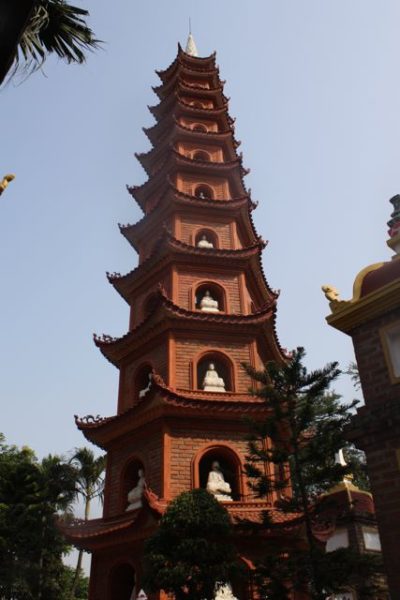
Hoan Kiem Lake is also known as Turtle Lake. According to legend, King Le Thai To was given a magic sword by the Golden Turtle God during a war against China in the 15th century. One day as the king boated on a Hanoi lake following victory, a large turtle grabbed the sword in its mouth and disappeared into the lake. The king interpreted that the turtle god had lent him the sword to drive back the enemy, but reclaimed it once the nation was free, and renamed the lake Ho Hoan Kiem or Lake of the Restored Sword. A giant turtle still lives in the lake. Hanna happened to be present when it was captured in April 2011 for veterinary treatment.
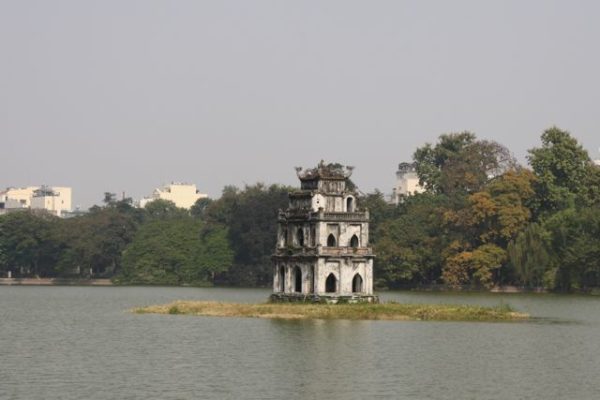

The lake grounds feature a bridge and an island with the Turtle Tower. We had the good fortune to visit the lake both at night and during the day.

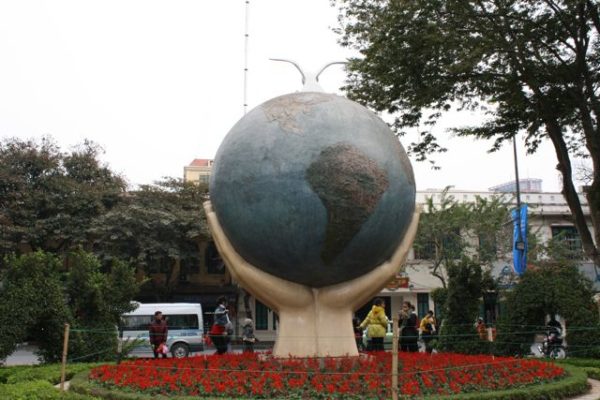
Hanna’s friend Jenny also had family visiting for Christmas, and we met up at the Ho Chi Minh Mausoleum. We checked our cameras and backpacks before entering, but Phil forgot about his pocketknife and it was confiscated at a later checkpoint. Admission to the mausoleum, consisting of shuffling quietly past Ho Chi Minh’s embalmed body, was free. Another 5000 dong (about a quarter) secured admission to the Presidential Palace, Ho Chi Minh’s stilt house and the One Pillar Pagoda.


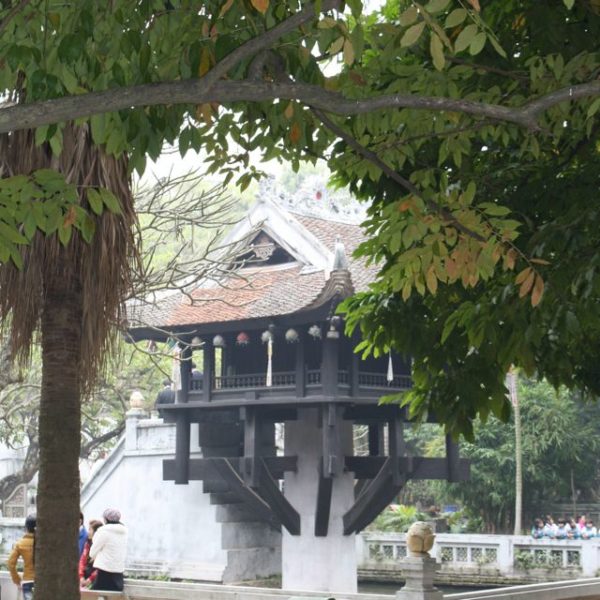
Hoa Lo Prison was built by the French around 1900 to house, torture and execute Vietnamese political prisoners considered to be agitators for independence. During the Vietnam War, it was used to house American prisoners of war, who nicknamed it “The Hanoi Hilton,” sarcastically for its crowded and unsanitary conditions. Much of the prison was demolished in the 1990s, with the remainder converted into a museum. Most of the museum is dedicated to the French era, including a guillotine and a drainpipe through which more than a hundred prisoners escaped in 1945. John McCain’s flight suit is among the paraphernalia on display in the smaller American section.
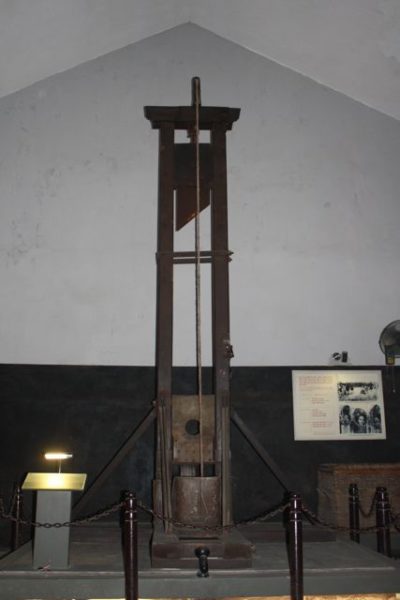
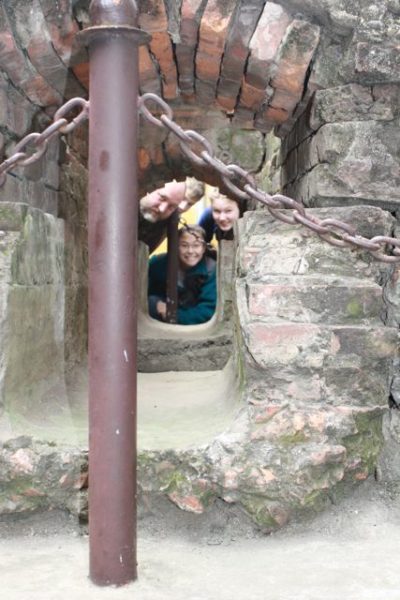
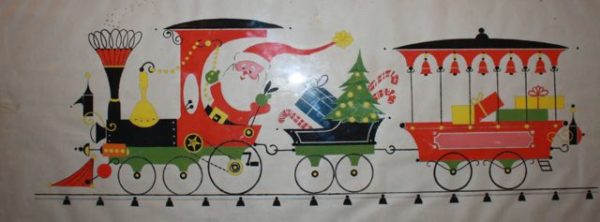
Following the mausoleum and prison, Hanna wanted us to see the Temple of Literature. Phil and Joseph had enough sightseeing for the day and opted to return to the villa. Hanna, Laura and I decided on a girl’s afternoon and evening out consisting of a little more shopping, the temple, and dinner on Chicken Street.

The Temple of Literature was the first university in Vietnam, founded in honor of Chinese philosopher Confucius. and consists of five courtyards. Our favorite was the second courtyard, known as the “Constellation of Literature Pavilion,” home to a huge bronze bell to be rung on auspicious occasions.
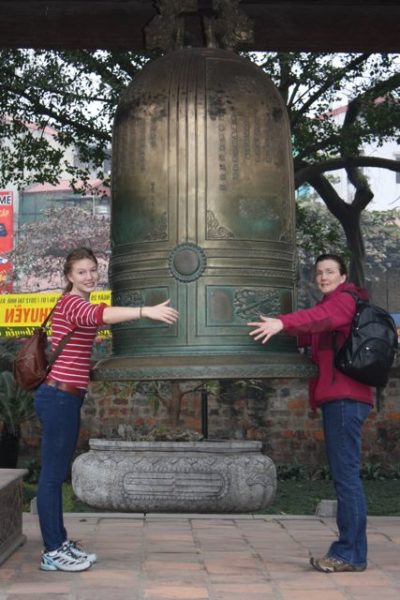

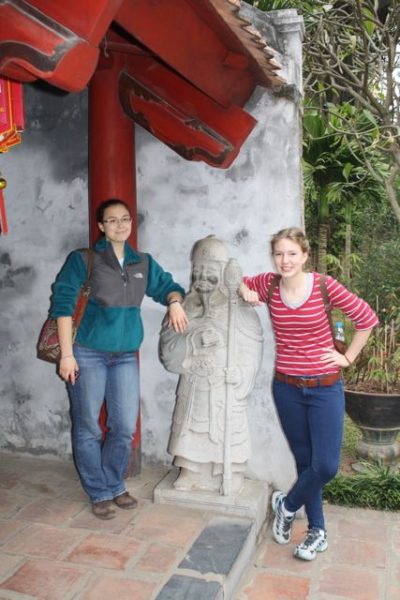
We learned a lot about Vietnam’s rich heritage during our stay, but our limited time kept us from seeing everything we would have liked. Besides the Vietnam Military History Museum, other sites on our wish list included:
- Vietnam Ethnology Museum
- Van Phuc Silk Village
- Bat Trang Ceramic Village
- more of the Old Quarter
- inside of St. Joseph Cathedral
and that’s only in Hanoi. Maybe next time . . .

